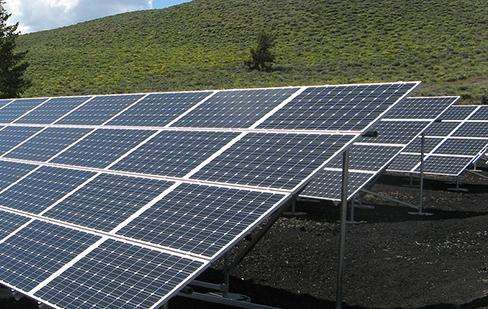Live wires are the power wires that carry electricity in a circuit. The neutral line is the line drawn from the neutral point (N) on the secondary side of the transformer. It forms a loop with the phase line (L) to power the electrical equipment.
1. Use color to distinguish: in power cables, green and red represent phase A, phase B, phase C (three-phase live wire), blue represents neutral line, and yellow and green represent the neutral line. earth wire.
2. Use an electric pen to distinguish: the neon tube will glow when the live wire is tested with an electric pen, but the neutral wire will not.
3. Use a voltmeter to distinguish: the voltage between different phase wires (that is, live wire) is the line voltage 380V, and the voltage between phase wires (live wire) and the neutral wire (or a good hornps of earthing) is The phase voltage is 220 V and the voltage between the neutral line and a good earth is 0 V.
The live wire and the neutral wire touch each other< /p>
Since the voltage between the two is equal to 220 volts and the resistance between the two contact points is almost zero, the current at this level The time is very long. Tremendous heat will be generated at the point of contact with the neutral wire, causing an electric spark. The temperature at the spark will be high enough to melt the metal wire. If the human body contacts the live wire and the neutral wire at the same time, regardless of whether it touches the ground at the same time, it will receive an electric shock (called double-wire electric shock).
Reference for the above content: Baidu Encyclopedia-FireWire
How to wire a three-phase four-wire generator
1 Electricity generated by the generator can be used didirectly, but if you use it for precision instruments, it is recommended to check whether the voltage and other parameters output by the generator meet the requirements of the equipment;
2 Generally, the generator has a star connection with 3 phase outgoing wires, that's what you said. There is also a center point output line for the live wire, which is the neutral line you mentioned;
3 It is recommended that the neutral wire of the generator be directly put to ground to ensure that: 1) the voltage of each live wire to ground is 220V, even if one phase of the live wire is grounded, the voltage to ground will not reach 380V . to ensure the safety of people and equipment;
4 If the neutral wire is not grounded, this does not mean that there is no voltage between the wire under it. voltage and ground, voltage still exists. You can try it. with un electric meter;
5 If the neutral line is not grounded, there will always be capacitance between the circuit and ground. Therefore, when a person comes into contact with a live wire, a capacitive current flows through the person. If the generator capacity is small, the external circuit is short and the capacity is small, the capacitor current will be small and cannot cause personal accident. However, if the capacity is large enough, there will be personal danger;
6 If you touch the live wire, the other phase's live wire is grounded, you have a voltage of 380 V, just wait to see God
The three-phase coil of the four-phase generator is star-connected, and the neutral point of the three phases connect the neutral wire! Add the three-phase live wire, that is, a three-phase, four-wire system.
The generator board will have outlets tri-phase and single-phase sockets. If you do the wiring yourself, you can find three-phase wires and connect them to the three-phase outlets. The neutral point is connected. as the neutral wire, and the neutral wire is used as three-phase wires.














